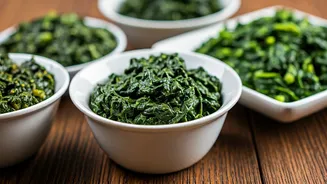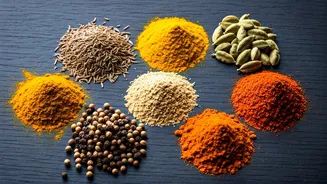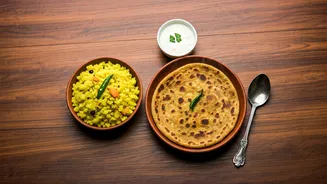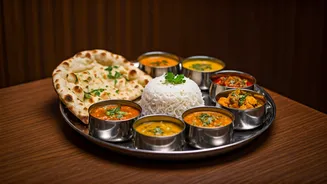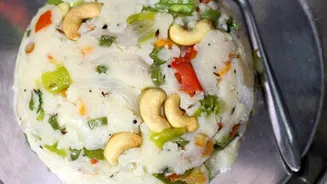Introduction to Rice
Rice, a foundational element of the Indian diet, presents a world of culinary possibilities. It’s not just a grain; it's a canvas for flavors and textures,
with varieties that cater to every taste and dish. The journey into rice begins with an understanding of its diversity and the distinctive attributes of each type. This knowledge is crucial for selecting the perfect rice, unlocking the secret to enhancing your cooking. Whether you're a seasoned chef or a home cook, familiarizing yourself with these rice varieties is a fundamental step toward mastering Indian cuisine. From long-grain basmati to the sticky sweetness of glutinous rice, each brings a unique character to the table, transforming simple meals into memorable experiences. Considering factors like grain length, aroma, and starch content is important when selecting your rice.
Basmati: The Aromatic King
Basmati rice, famous for its delightful aroma and long grains, holds a special place in Indian cooking. Primarily sourced from the foothills of the Himalayas, its distinctive scent is the key feature. The aroma intensifies during cooking, making it ideal for dishes like biryani and pulao. It is characterized by its slender, elongated grains that remain separate and fluffy when cooked. This rice is perfect for special occasions, as its delicate texture and subtle nutty flavor beautifully complement rich gravies and spices. The key to perfect basmati rice involves a proper rinse to remove excess starch, followed by soaking for about 30 minutes before cooking. Cooking it with precise water measurements and gentle simmering ensures each grain cooks evenly, creating an unparalleled dining experience. It's not just a grain; it's an experience.
Long Grain Varieties
Long grain rice, distinct from the slender basmati, provides a versatile base for many everyday meals. These rices are generally less aromatic, but they offer a great texture that holds up well. They are excellent choices for dishes where individual grains should be visible, like jeera rice or simple steamed rice. The grains are typically longer and thinner, and they tend to cook up light and fluffy, rather than sticky. The method for cooking long grain rice involves a straightforward process of rinsing to remove some starch, followed by cooking with a measured amount of water, either on the stovetop or in a rice cooker. They are great at absorbing flavors, making them a great base for many side dishes. Their neutral flavor makes them the perfect companion to bold curries and dals.
Short Grain's Versatility
Short-grain rice is characterized by its round, plump shape and high starch content. This type of rice cooks up sticky, making it perfect for dishes like idlis and dosas. When cooked, the grains tend to clump together, which is ideal for creating soft, cohesive textures. Short grain rice easily absorbs the flavors of the dish it is used in, making it a valuable component in numerous recipes. It is excellent for dishes where a slightly sticky texture is needed. Preparing short-grain rice differs from long-grain, as it requires less water and a shorter cooking time. This rice is ideal for making creamy rice puddings or dishes where texture is key. Understanding the distinct properties of short-grain rice allows home cooks to create delicious textures that are loved by many.
Brown Rice: Nutritious Choice
Brown rice stands out as a healthy alternative due to its unprocessed nature. The bran layer is retained, making it rich in fiber, minerals, and vitamins. The nutty flavor and chewy texture provide a satisfying culinary experience. Cooking brown rice takes longer than white rice, and it requires more water because of its tough outer layer. It offers a slightly different texture and taste, which contributes a different dimension to your meal. It's a great option for health-conscious individuals wanting a fiber-rich food. Although it requires a longer cooking time, the nutritional value it brings to the table makes it a great part of a well-balanced diet. Regular consumption of brown rice can contribute to improved digestive health.
Glutinous Rice: Sticky Delight
Glutinous rice, also called sticky rice, is another essential type. Despite its name, it’s gluten-free and known for its sticky texture when cooked. It is a staple in some regional Indian cuisines, used in sweet and savory dishes. The high starch content is what gives it its stickiness. It is usually soaked before cooking, which allows it to soften and cook evenly. Once cooked, glutinous rice has a slightly sweet flavor and a soft, chewy texture that works really well in many Indian dishes. It is essential for specific desserts and dishes, adding a unique texture and flavor. Its distinctive properties provide a unique touch to Indian meals.


